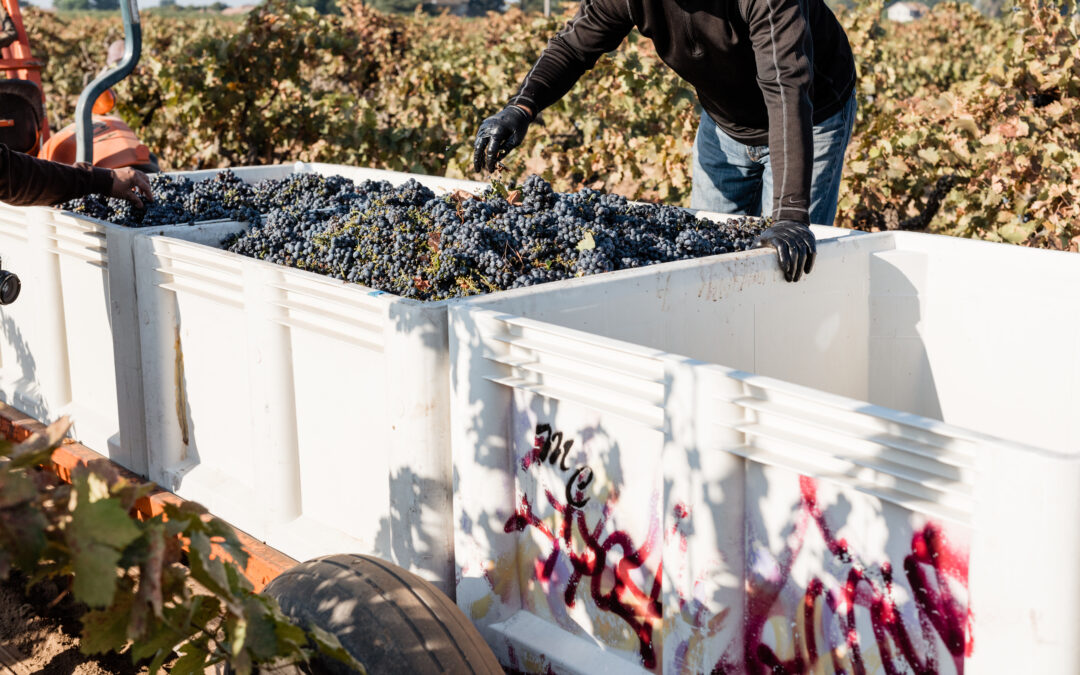MONDAY, SEPTEMBER 13, 2021. BY STAN GRANT, VITICULTURIST.
Whether initiating a new vineyard business or expanding an existing one, the likelihood of success depends on careful consideration of as many pertinent factors as possible at the outset. This includes evaluation of start-up costs, operating costs, liabilities, risks, and income.
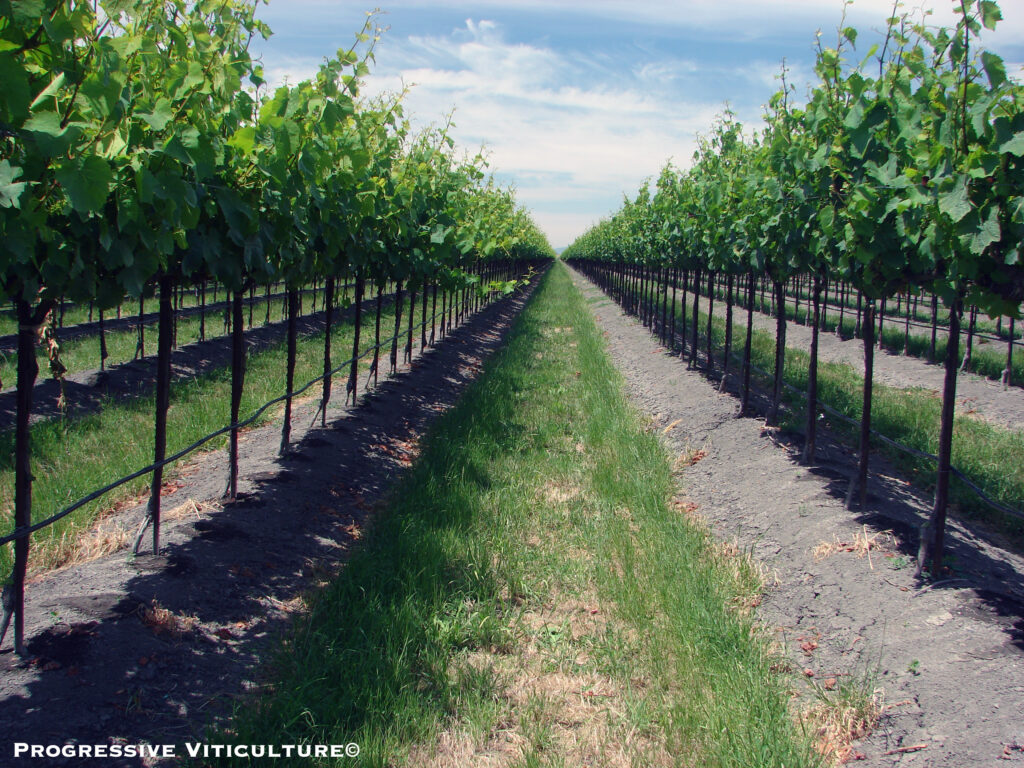
Figure 1. Climate and soil, vineyard design and hardware, and vine growth and production capacity are among the factors contributing to vineyard value. (Progressive Viticulture©)
In production agriculture, the land cost usually represents the greatest part of start-up costs. This is especially true for winegrape vineyards, where vines, hardware, and several intangibles contribute to land value (Figure 1). Therefore, land costs are the point of reference for assessing all other factors during due diligence for a new or expanding vineyard venture.
Given the complexity and expertise required for vineyard purchase due diligence, the services of a surveyor, attorney, accountant, and vineyard consultant, as well as a competent real estate agent, may be beneficial. In this article, we will consider elements that can serve as an organizational framework for such an effort.
Location, Location, Location
Like all real estate investments, the first consideration for a vineyard purchase is location. Begin by determining if the vineyard is located within an area noted for winegrape production. If it is not, finding a winegrape buyer may be challenging, and purchasing the vineyard may require you to enter the wine as well as the grape business.
On the other hand, if the vineyard lies within a recognized winegrape region, you need to know if the variety in the vineyard is in demand and typical pricing for it. Sources of this information include winegrape brokers and the most current California Grape Crush Report published by the California Department of Food and Agriculture. In this CDFA document, winegrape production areas are delineated as crush districts, and the data is presented correspondingly.
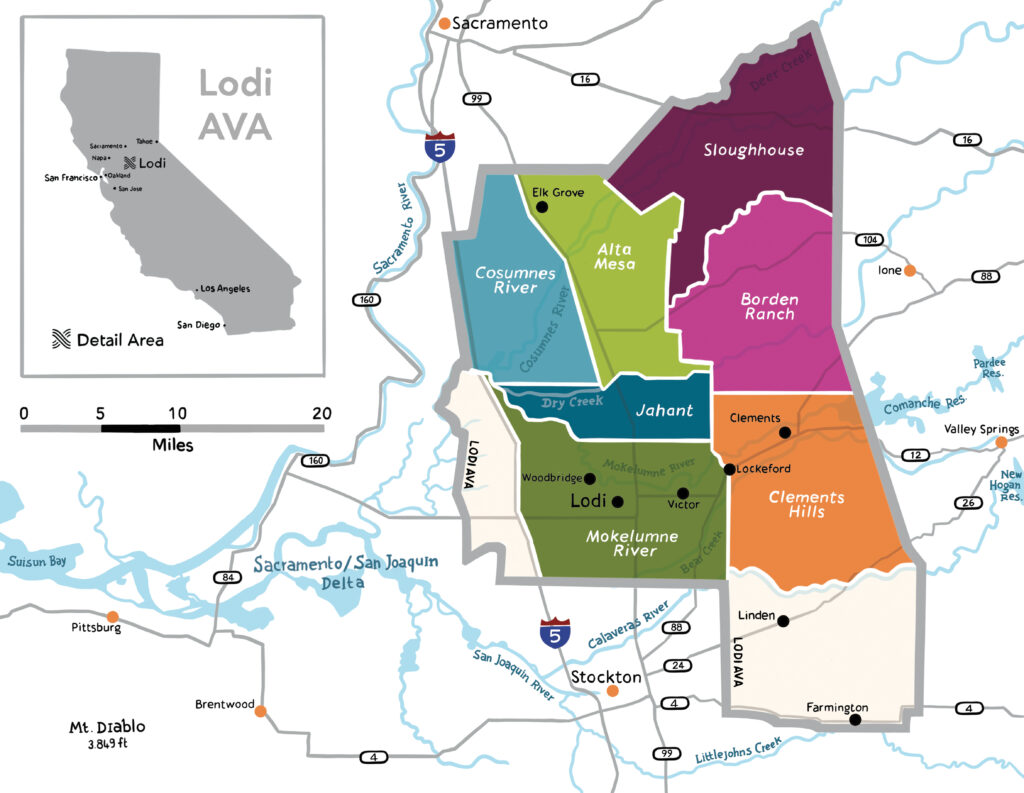
Figure 2. The Lodi American Viticultural Area (AVA) has enhanced the value of winegrapes produced there. (The Lodi Winegrape Commission)
Many vineyards are also located within specific American Viticultural Areas (AVA) determined by history, climate, soils, and name usage, and approved by the U.S. Alcohol and Tobacco Tax and Trade Bureau (TTB) (Figure 2). American Viticultural Area designations are normally of the greatest value for vineyards supplying vineyard-designated wines, but they also may enhance the perception and increase the salability of grapes for non-designated wine products.
There are other locational factors that may not directly contribute to the value of a vineyard, but affect the cost of doing business. These include levies such as taxes to local governments and assessments for local grower associations. Of course, a vineyard owner hopes to gain a return on the payment of such costs.
Other locational cost factors involve local infrastructure and resources. These include road conditions, access to electrical power and fuel, irrigation water quantity and quality, the availability of materials and support services, and distance to winery customers. Last but not least, consider the economic impacts of intrinsic site factors, including slope, aspect, soil, climate, transient wildlife, and surrounding lands.
Legalities
Here we turn our attention to the legal status of the vineyard to be purchased. Foremost among these concerns are the true property boundaries and total acreage. A prospective buyer also needs to know if the current owner has clear title to the property without any liens or leases and whether there are any easements that may limit vineyard operations.
A Home for the Crop
Naturally, the value of the product is critical to the success of any agricultural endeavor. For many winegrape vineyards, winery contracts control crop values and lessen market risk. Therefore, a prospective vineyard buyer needs to know if the vineyard is currently under contract. If it is not, he or she must ascertain the marketability of the crop.
If, on the other hand, it is under contract, the potential buyer needs to know if it is transferrable to a new owner, as well as other contract terms. These include contract duration, crop price, tonnage limits, harvest criteria, quality standards, payment schedule, and the degree of winery involvement in management decisions.
Vines and Vineyard Design
The vines are a foundational element of vineyard value. During due diligence, ascertain the variety, clone, rootstock, and plant material source, as well as planted acres, planting date, and pre-plant soil preparations. Typical pre-plant preparations include grading, soil amendment applications, deep cultivation, and drain installation. Also, carefully examine fruit yield history and production trends, which may be used to forecast vineyard revenues.
As mentioned above, the variety and clone influence fruit marketability. They also impact productivity and operational costs through their inherent effects on vine growth capacity, canopy characteristics, fruitfulness, stress tolerance, and disease resistance.
The rootstock, too, influences income and costs because it influences grapevine growth and production capacity. Perhaps more important is a rootstock’s tolerance to soil-borne pests and its adaptability to soil conditions, such as extremes in soil moisture and pH. These factors not only affect potential profitability on a per vine basis but the uniformity of profitability across a vineyard.
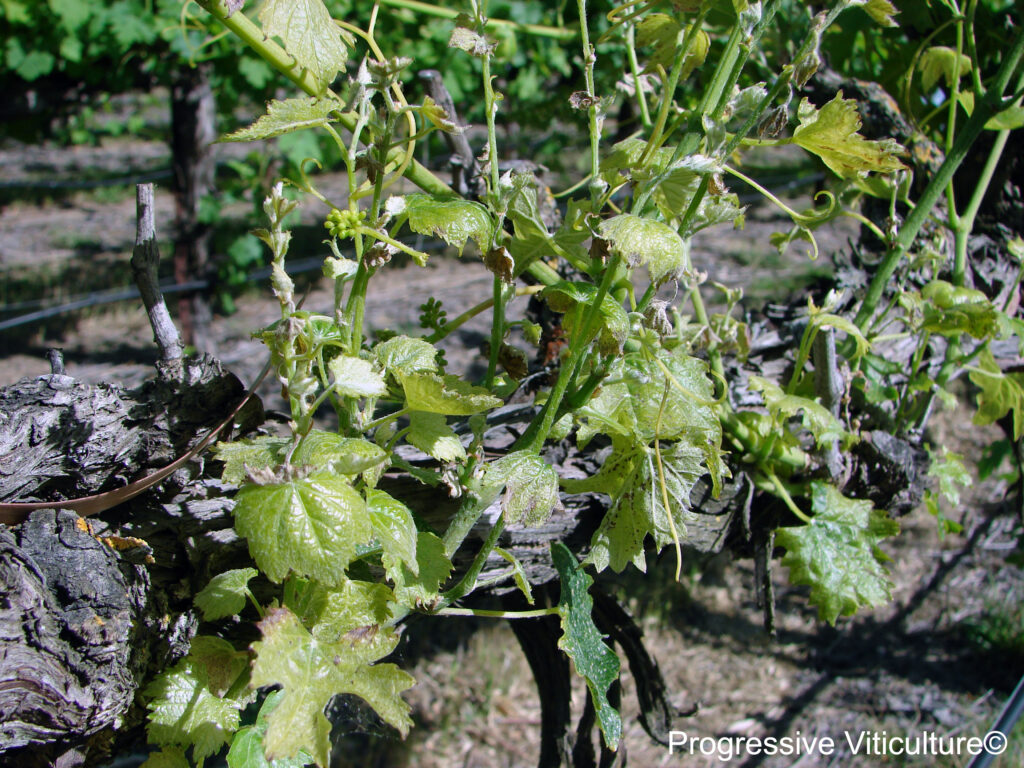
Figure 3. Eutypa dieback is wood disease that decreases fruit yields and vineyard longevity. (Progressive Viticulture©)
A vitally important grapevine concern is the presence of debilitating disease. Virus diseases limit production, increase costs, and restrict a variety of conversion options. Wood diseases not only decrease fruit production but also decrease the life of a vineyard (Figure 3). Actually, for enhanced accuracy, spurs lost to wood disease and missing vines ought to be included along with crop value and yield history in financial return forecast calculations.
In conjunction with plant materials, a vineyard’s design affects operating costs and determines the upper limit of fruit production. Accordingly, the vine spacing, training, trellising, and pruning system contributes to vineyard value. A vineyard design that affords more exposed leaves per acre generally has greater fruit production and ripening capacity than one that affords fewer.
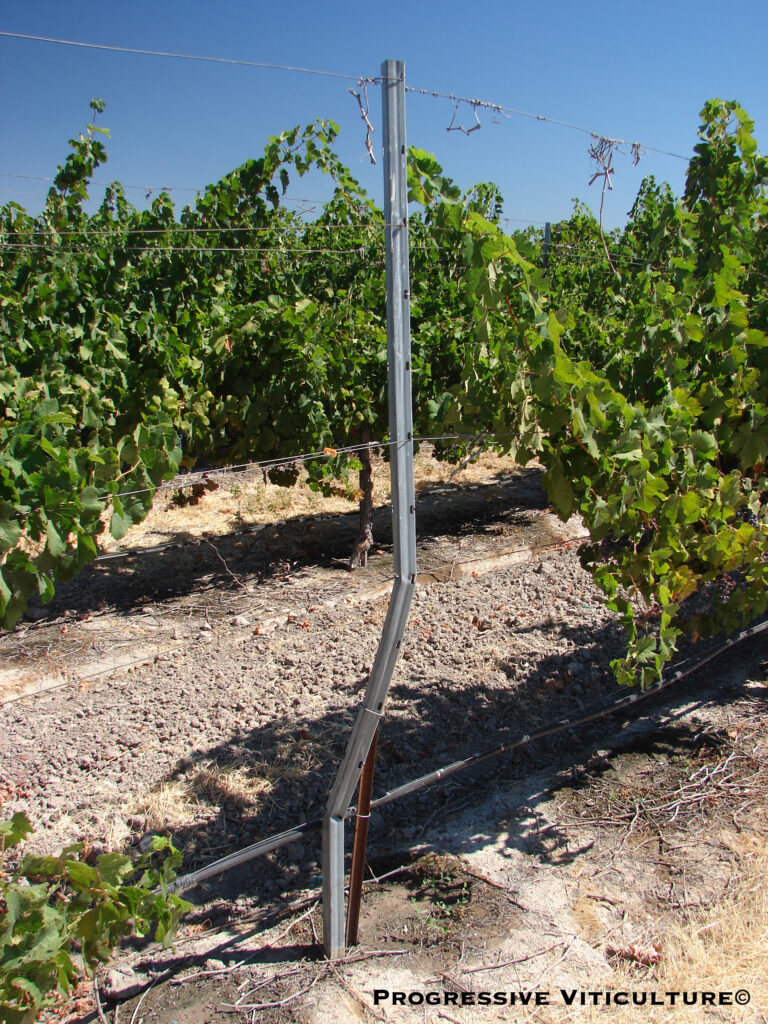
Figure 4. Galvanized, rolled steel stakes may have a comparatively short life span. (Progressive Viticulture©)
In addition to vineyard design specifications, the quality and condition of vineyard hardware deserve attention. Some lesser quality trellis parts require periodic replacement, while other higher quality parts can outlast the vines (Figure 4). Given the importance of the irrigation pump and drip system to the success of a vineyard enterprise, employing a qualified irrigation system analyst is a prudent due diligence investment.
The results of irrigation water analyses indicate whether water treatment is required as a part of irrigation system operation, as well as the type of treatment. These analyses results will also show the fertilizer value if any, of the irrigation water or conversely, its capacity for diminishing soil fertility. At the same time, plant and soil analysis histories suggest the diligence of past mineral nutrient management efforts and future costs. While Natural Resources Conservation Service (NRCS) soil surveys provide some general information about vineyard root zones, visual assessment and analysis of samples collected from the walls of trenches are a more accurate way to characterize specific root zones across a vineyard.
Liabilities
Environmental liabilities are last, but certainly not least among vineyard due diligence items. Contact a consulting biologist for information about sensitive environments (e.g. wetlands) and animals (e.g. endangered species) that may constrain vineyard operations. Also, make a visual survey for restricted materials, such as pressure-treated wood trellis components, and environmental hazards, such as unprotected wellheads.
In Conclusion

Figure 5. A form for recording preliminary information about a vineyard that is available for purchase. (Progressive Viticulture©)
Thorough due diligence increases the chances of a successful vineyard purchase. This effort includes careful consideration of aspects of location, site, legal status, plant material, vine health, vineyard hardware, fruit production, crop value, and potential environmental liabilities (Figure 5).
A version of this article was originally published in the Mid Valley Agricultural Services November 2011 newsletter and was updated for this blog post. All material posted on this blog and website serves an educational purpose only.
Further Reading
Davidson, D. The business of vineyards. Davidson Viticultural Consulting Services, Glen Osmond, South Australia. 2001.
Grant, S. The economics of vineyard design: trellising, vine spacing, and row spacing. Practical Winery and Vineyard. 20(5): 48-63. January/February 2000.
Grant, S. Vineyard longevity. Lodi Winegrape Commission Coffee Shop. (www.lodigrowers.com). November 9, 2017.
Grant, S. Fruit set factors. Lodi Winegrape Commission Coffee Shop. (www.lodigrowers.com). May 20, 2016.
Grant, S. NRCS soil survey information important to vineyards. Lodi Winegrape Commission Coffee Shop. (www.lodigrowers.com). January 20, 2016.
Grant, S. Evaluating vineyard soils in trenches. Lodi Winegrape Commission Coffee Shop. (www.lodigrowers.com). February 17, 2016.
Grant, S. Vineyard design and management for maximum efficiency. Lodi Winegrape Commission Coffee Shop. (www.lodigrowers.com). February 22, 2018.
Kay, RD, and Edwards, WM. Farm management. McGraw-Hill, New York. 1994.
Have something interesting to say? Consider writing a guest blog article!
To subscribe to the Coffee Shop Blog, send an email to stephanie@lodiwine.com with the subject “blog subscribe.”
To join the Lodi Growers email list, send an email to stephanie@lodiwine.com with the subject “grower email subscribe.”
To receive Lodi Grower news and event promotions by mail, send your contact information to stephanie@lodiwine.com or call 209.367.4727.
For more information on the wines of Lodi, visit the Lodi Winegrape Commission’s consumer website, lodiwine.com.
For more information on the LODI RULES Sustainable Winegrowing Program, visit lodigrowers.com/standards or lodirules.org.

